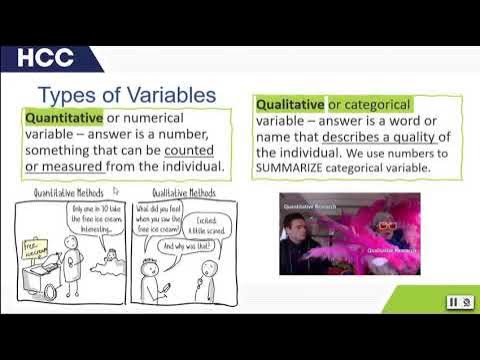Sociocultural Theory
Summary
TLDRIn this session from teselclass.com, social cultural theory is explored through its two primary forms of interaction: intrapersonal and interpersonal. Intrapersonal interaction involves inner speech, while interpersonal interaction occurs between individuals or groups. A key concept introduced is the Zone of Proximal Development (ZPD), which illustrates the gap between a learner's current knowledge and the potential knowledge achievable with guidance. The concept of scaffolding is also discussed, referring to the support provided to students to enhance their learning. The session invites viewers to delve deeper into these concepts for instructional improvement.
Takeaways
- 😀 Intrapersonal interaction involves self-talk or inner speech.
- 😀 Interpersonal interaction occurs between individuals or groups.
- 📚 The Zone of Proximal Development (ZPD) illustrates the gap between current knowledge and potential knowledge.
- 🔍 The learner is represented as a smaller circle in the ZPD model.
- 🌟 The larger circle in the ZPD represents potential knowledge achievable with guidance.
- 🛠️ Scaffolding refers to the support provided to enhance student learning.
- 👩🏫 Effective teaching strategies should incorporate both intrapersonal and interpersonal interactions.
- 🧠 Understanding ZPD is crucial for tailoring instruction to meet learners' needs.
- 💡 Scaffolding techniques can vary based on the learner's level of understanding.
- 🌐 Exploring sociocultural theory can improve instructional practices and student engagement.
Q & A
What are the two forms of interaction in sociocultural theory?
-The two forms of interaction are intrapersonal and interpersonal interaction.
What does intrapersonal interaction refer to?
-Intrapersonal interaction refers to interactions that occur within an individual, such as inner speech or private speech.
How is interpersonal interaction defined?
-Interpersonal interaction involves interactions between individuals or groups.
What is the Zone of Proximal Development (ZPD)?
-The ZPD is a concept that represents the difference between what a learner currently knows and the potential knowledge they can achieve with help from an expert or more knowledgeable individual.
What does the blue circle represent in the ZPD model?
-The blue circle represents the knowledge that the learner currently possesses.
What does the larger circle in the ZPD model indicate?
-The larger circle indicates the potential knowledge that the learner can acquire with appropriate assistance.
What is scaffolding in the context of sociocultural theory?
-Scaffolding refers to the support and assistance that students receive to help them in their learning process.
How does scaffolding benefit students?
-Scaffolding benefits students by providing them with the necessary support to tackle more complex tasks and enhance their learning experiences.
Why is understanding the ZPD important for instruction?
-Understanding the ZPD is important for instruction as it helps educators identify the right level of challenge for their students and how to provide effective support.
Where can one find more information about sociocultural theory?
-More information about sociocultural theory can be found on the website tesselclass.com.
Outlines

Esta sección está disponible solo para usuarios con suscripción. Por favor, mejora tu plan para acceder a esta parte.
Mejorar ahoraMindmap

Esta sección está disponible solo para usuarios con suscripción. Por favor, mejora tu plan para acceder a esta parte.
Mejorar ahoraKeywords

Esta sección está disponible solo para usuarios con suscripción. Por favor, mejora tu plan para acceder a esta parte.
Mejorar ahoraHighlights

Esta sección está disponible solo para usuarios con suscripción. Por favor, mejora tu plan para acceder a esta parte.
Mejorar ahoraTranscripts

Esta sección está disponible solo para usuarios con suscripción. Por favor, mejora tu plan para acceder a esta parte.
Mejorar ahoraVer Más Videos Relacionados

Food Culture Around the World

Burp Suite Shorts | Automatic Session Handling

What is Statistics?

TERAPI SEFT UNTUK MENGATASI TRAUMA BENCANA ALAM (TUGAS UAS)

6 | Create Performance Task: Written Responses | Practice Sessions | AP Computer Science Principles

Praktek Perkara Perdata(sengketa kepemilikan tanah) di pengadilan umum/negeri

Konseling Individu Teknik CBT
5.0 / 5 (0 votes)
